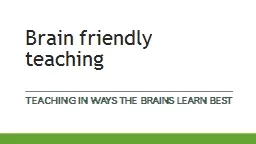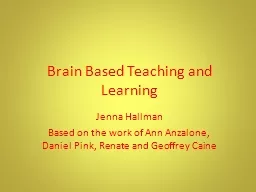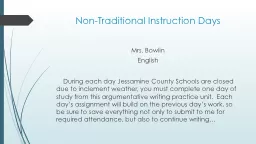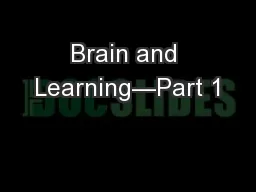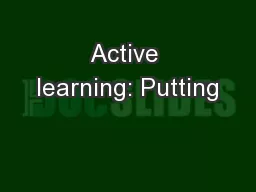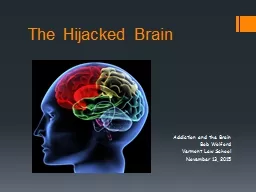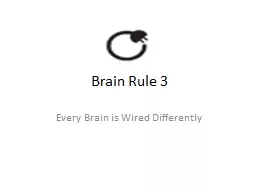PPT-Brain friendly teaching Teaching in ways the brains learn best
Author : luanne-stotts | Published Date : 2018-11-13
BrainFriendly teaching means Brain friendly teaching is teaching aligned with how brains best function How brains attend to process retain and recall information
Presentation Embed Code
Download Presentation
Download Presentation The PPT/PDF document "Brain friendly teaching Teaching in ways..." is the property of its rightful owner. Permission is granted to download and print the materials on this website for personal, non-commercial use only, and to display it on your personal computer provided you do not modify the materials and that you retain all copyright notices contained in the materials. By downloading content from our website, you accept the terms of this agreement.
Brain friendly teaching Teaching in ways the brains learn best: Transcript
Download Rules Of Document
"Brain friendly teaching Teaching in ways the brains learn best"The content belongs to its owner. You may download and print it for personal use, without modification, and keep all copyright notices. By downloading, you agree to these terms.
Related Documents

